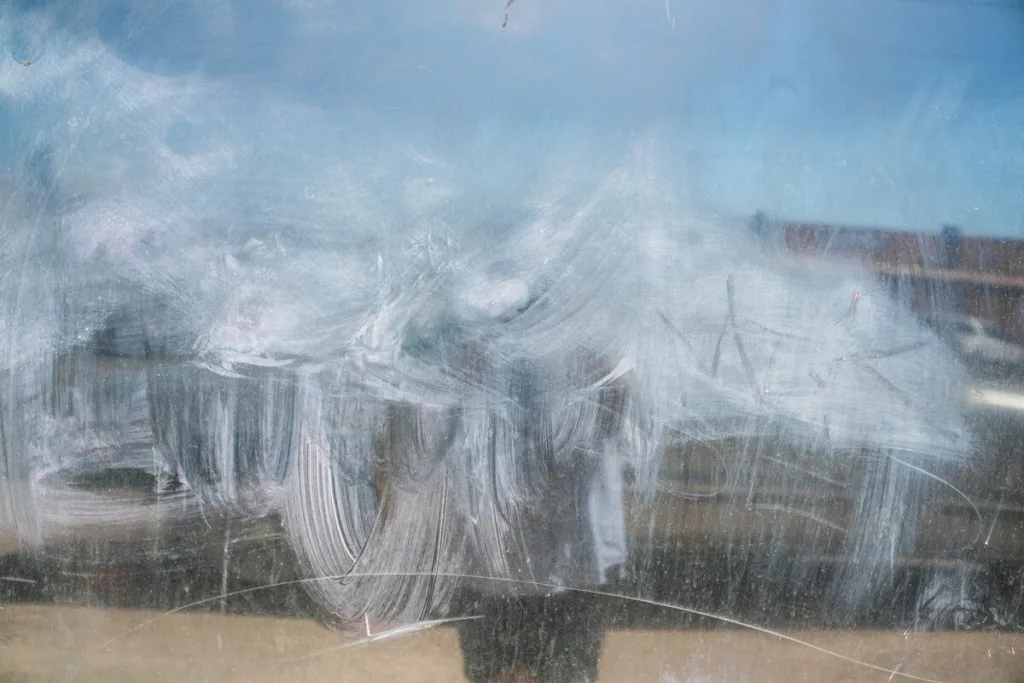Joseph Podlesnik is trained mainly in drawing and painting and it is this experience which seems to influence his approach to photography.
For Podlesnik, the camera lens depicts perspective too easily, which is why he captures and makes photographs which often frustrate readable perspectival space. For him, the photographic image is not only a window through which to see the visible world, but also a maker of flat surfaces which stunt or block logical space. He sees photography and pictures not only as documentation, but as commenting on or reenacting perception itself.
Podlesnik lives in Phoenix, Arizona and exhibits his work nationally and internationally. He is currently Visual Arts Adjunct Faculty at Stockton University in New Jersey, and is Facilitator for the Digital Photography Cornell Certificate Program. He also served as Lead Faculty, Associate Professor of Art Foundations for the Art Institute of Pittsburgh – Online Division. He received his MFA in drawing & painting from Cornell University.
Artists Statement
For several years, it was Joseph Podlesnik’s practice to photograph the suburban landscape in Phoenix. The images were often complex. Shadows and reflections were juxtaposed, creating unusually complex and carefully balanced abstractions. It turns out that those mainly uninhabited streets and shop windows were hiding something: the photographer’s own face and body.
This new series of self-portraits is a tremendous leap forward. He finds his body in the city: his head is a cast iron ornament on the back of a chair, his spine is the curve of a furniture ornament, his heart is a deer antler in a Christmas ornament, his heart is a Twizzler wrapper, his legs belong to antelopes, he becomes a bridal gown, or the rear end of the groom, he is wrapped in a torn sheet like a hospital gown, his body is emptied out into a garland. The people who pass by don’t notice him. And yet the lens discovers they are connected to him.
A woman leans over to hug him, without even seeing him. A man walks by and is captured into Joseph’s body without feeling it. Joseph swaps his torso with a young woman. He merges with a fat security guard. Always the self is occluded. Like many street photographers, Joseph is the seer who is invisible to those he sees: but unlike other street photographers, Joseph discovers that when he does look at himself he is only partly visible. He sees, but without fully seeing himself in the lens, because the city, and the shapes and people in it, have partly swallowed him.
—James Elkins, E.C. Chadbourne Chair of Art History, Theory, and Criticism, School of the Art Institute of Chicago

